Years of service 1933–45 | ||
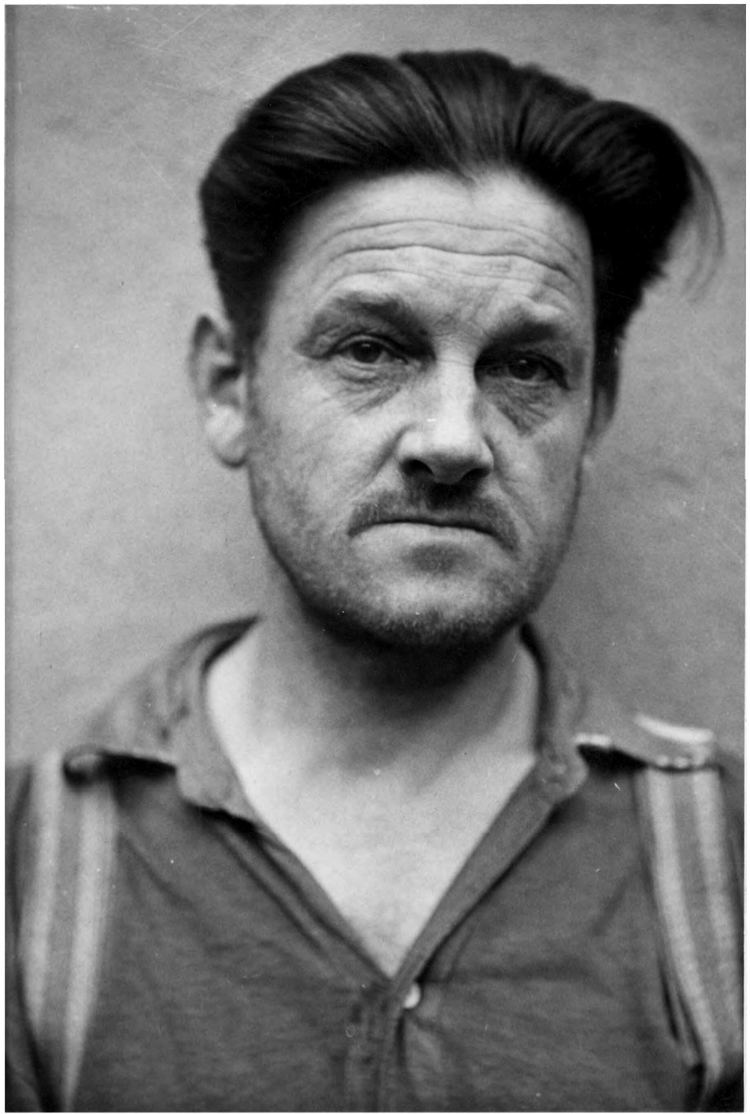 | ||
Service number NSDAP #1,374,713SS #41,940 Commands held Schutzhaftlagerführer AuschwitzSchutzhaftlagerführer MittelwerkSchutzhaftlagerführer Bergen-Belsen Similar Hans Aumeier, Josef Kramer, Fritz Klein, Maximilian Grabner, Karl‑Friedrich Höcker | ||
Franz Hößler, also Franz Hössler ( listen ; 4 February 1906 – 13 December 1945) was a Nazi German SS-Obersturmführer and Schutzhaftlagerführer at the Auschwitz-Birkenau, Dora-Mittelbau and Bergen-Belsen concentration camps during World War II. Captured by the Allies at the end of the war, Hößler was charged with crimes against humanity in the First Bergen-Belsen Trial, found guilty, and sentenced to death. He was executed by hanging at Hameln Prison in 1945.
Contents
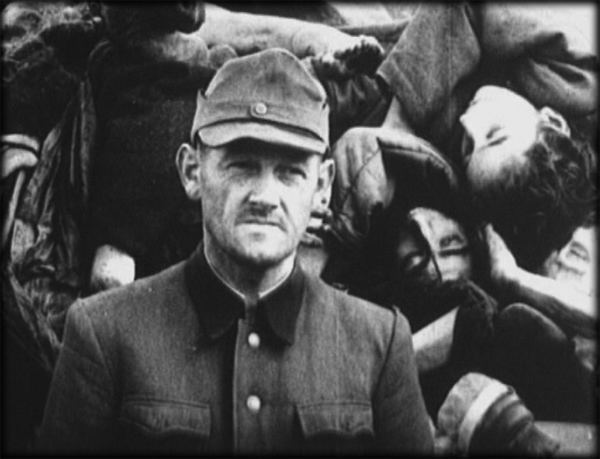
Early life

Hößler was born in 1906 in the town of Oberdorf, today Marktoberdorf, in the Schwabenland of the German Empire. The son of a foreman, he quit school early to become a photographer. Later employed as a warehouse worker, he was unemployed during the Great Depression of the 1930s. He joined the Nazi Party in early November 1932 (member no. 1,374,713) and the SS (member no. 41,940). Hößler was married and had three children.
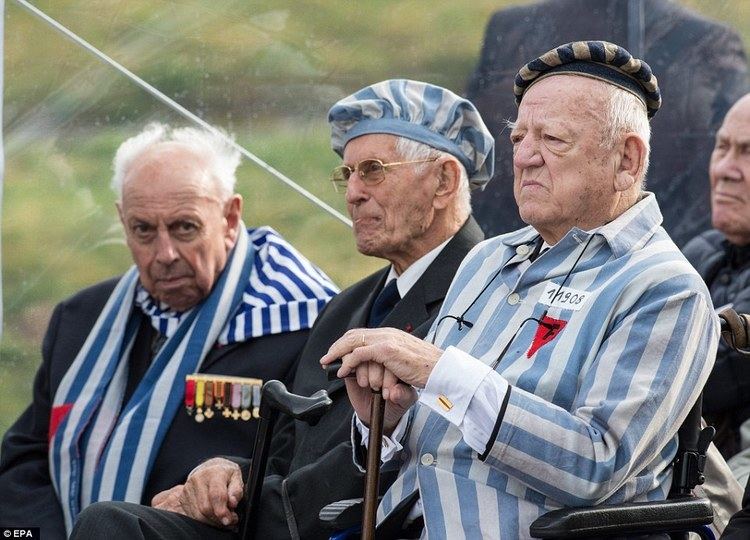
During his time in the SS, Hößler rose to the rank of SS-Obersturmführer and became a reserve officer in the Waffen-SS. After the establishment of the Dachau concentration camp in July 1933, he became the first member of the guard staff and worked later as a cook. He served at Dachau until after the outbreak of World War II.
Auschwitz
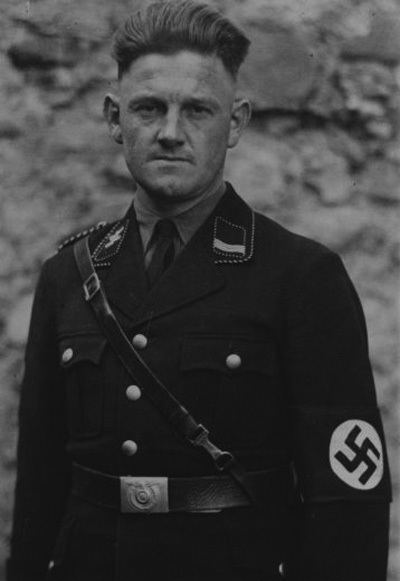
In June 1940, Hößler was transferred to the newly opened Auschwitz I concentration camp as it received the first mass transports. He managed the camp kitchens and was occasionally used as a subcamp supervisor (German: Kommandoführer). He then became a Work Service Leader (German: Arbeitsdienstführer) at the camp in early 1941. On 28 July 1941, Hößler accompanied a shipment of 575 selected Auschwitz I inmates to the euthanasia center at Sonnenstein Castle, where they were murdered as part of the Action 14f13 program. In June 1942, Hößler, together with Otto Moll and Hans Aumeier, participated in killing 168 survivors of a failed uprising in the punishment section of Auschwitz I. For a few months during 1942 he was also responsible for the construction of a holiday resort for the SS in Żywiec, the so-called "Solahütte".
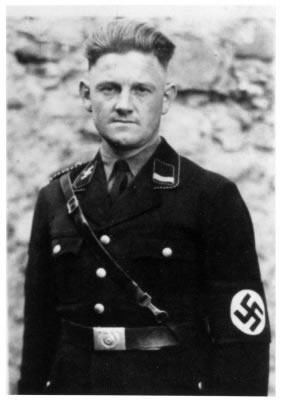
After Auschwitz-Birkenau was formally expanded into an extermination camp in 1942, Hößler took on various commands there. From September to November 1942, a brigade composed of prisoners called Sonderkommando Hößler exhumed 107,000 corpses from mass graves around Auschwitz I in order to burn them in the new Auschwitz II crematoria. The prisoners of the Sonderkommando were then almost invariably murdered after the action. To conduct this disposal, Hößler, along with Rudolf Höß and Walter Dejaco, had previously visited the Chelmno extermination camp on 16 September 1942 to observe tests conducted by Paul Blobel.
At the same time Hößler worked as before in the old crematorium at the main camp Auschwitz I, including gassings in the bunkers. Johann Kremer, SS camp physician from 30 August to 17 November 1942, recorded a transport of 1,703 Dutch Jews to the main camp managed by Hoßler. The incident was described in his diary:
By the middle of 1943, Hößler became involved in recruiting so-called "Aryan" prison women, with the prospect of better food and care, for a newly opened camp brothel at the Auschwitz I main camp. He was then promoted to the senior role of Schutzhaftlagerführer at the Auschwitz-Birkenau women's camp in August 1943, which he directed together with Oberaufseherin Maria Mandel. In this role he participated in selections and gassings. He succeeded Paul Heinrich Theodor Müller in this capacity. Filip Müller, one of the very few Sonderkommando members who survived Auschwitz, paraphrased Hößler's speech given to trick a group of Greek Jews in the undressing room at the portals of the gas chambers:
For a short time between 15 March to 15 May 1944, Hößler was also camp commander (German: KZ-Kommandant) of the Neckarelz concentration camp in Mosbach, Germany, a subcamp of the larger Natzweiler-Struthof camp complex in occupied France. Following the Allied invasion of France in June 1944, he returned to the Auschwitz main camp where he was Protective Custody Camp Leader until its final evacuation in January 1945.
Dora-Mittelbau
In January 1945, as the Red Army overran German positions on the Eastern Front, the SS personnel at Auschwitz evacuated to the Mittelbau-Dora concentration camp. Auschwitz commander Richard Baer took over the Dora portion of the complex and Hößler was again made a Protective Custody Camp Leader. On 5 April 1945, as American 3rd Armored Division closed in on Mittelbau-Dora, Hößler led a forced evacuation of prisoners to the railhead for transfer to the still-functioning Bergen-Belsen concentration camp. The prisoners were then led on a death march for the last stage of their journey.
Bergen-Belsen
On 8 April 1945, Hößler arrived with his transport at Bergen-Belsen and became deputy camp commander under Josef Kramer. There he directly shot prisoners until the liberation of the camp, crimes for which he would be eventually arrested and tried. On 15 April 1945, Hößler was found hiding among the prisoners in camouflaged clothing and was detained with the remaining SS staff by a unit of the British Army. The SS detainees were then forced to bury thousands of corpses lying around on the camp grounds in mass graves.
Trial and death
Hößler and 44 other camp staff were tried in the Belsen Trial by a British military court at Lüneburg. The trial lasted several weeks from September to November 1945. During the trial Anita Lasker testified that he took part in selections for the gas chamber. On 17 November 1945 Hößler was sentenced to death by hanging. The sentence was carried out by British hangman Albert Pierrepoint on 13 December 1945 at Hameln prison.
